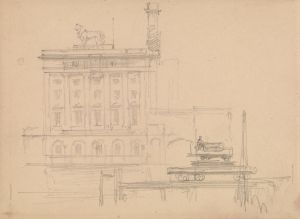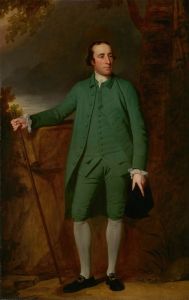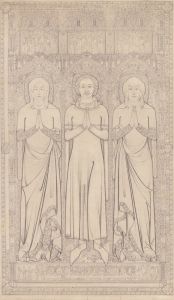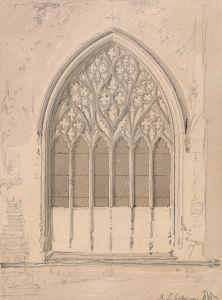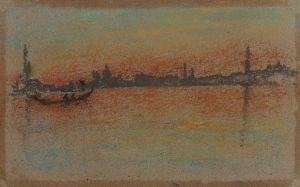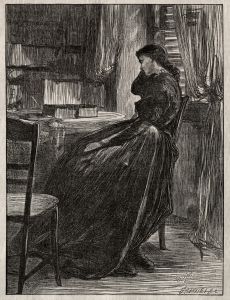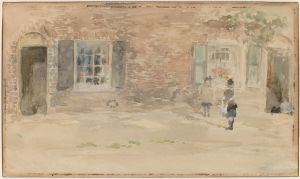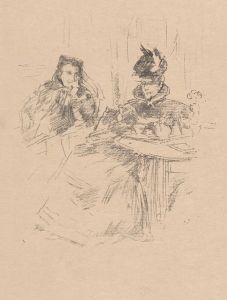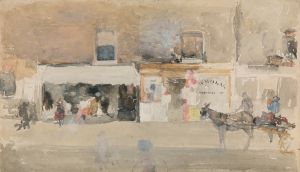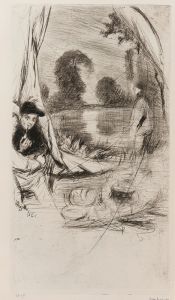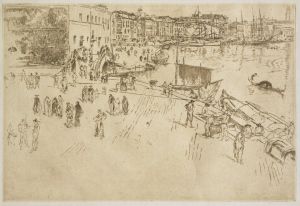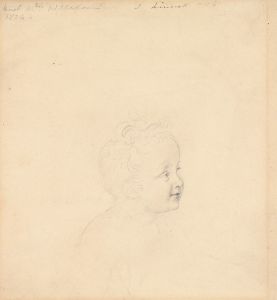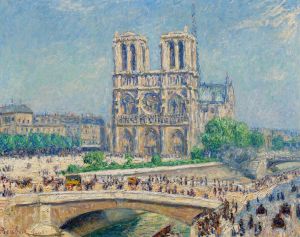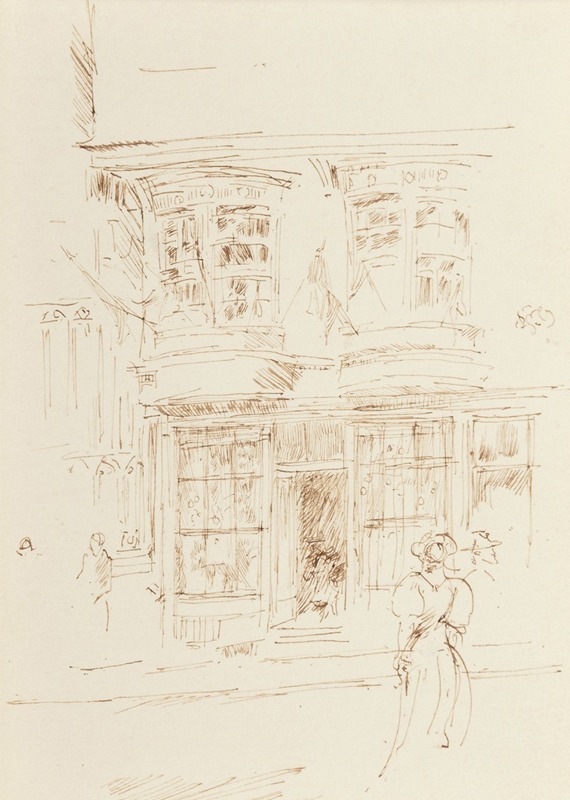
In Cathedral Close, Canterbury
A hand-painted replica of James Abbott McNeill Whistler’s masterpiece In Cathedral Close, Canterbury, meticulously crafted by professional artists to capture the true essence of the original. Each piece is created with museum-quality canvas and rare mineral pigments, carefully painted by experienced artists with delicate brushstrokes and rich, layered colors to perfectly recreate the texture of the original artwork. Unlike machine-printed reproductions, this hand-painted version brings the painting to life, infused with the artist’s emotions and skill in every stroke. Whether for personal collection or home decoration, it instantly elevates the artistic atmosphere of any space.
James Abbott McNeill Whistler was an American artist known for his significant contributions to the art world during the late 19th century. He was a proponent of the Aesthetic Movement, which emphasized the visual and sensual qualities of art and design over practical, moral, or narrative considerations. Whistler is best known for his paintings, etchings, and lithographs, which often feature subtle tonal variations and a focus on atmospheric effects.
"In Cathedral Close, Canterbury" is one of Whistler's works that captures the essence of his artistic style. This piece is part of his series of etchings known as the "Sixteen Etchings," or the "French Set," which he created during the early 1850s. These etchings were instrumental in establishing Whistler's reputation as a skilled printmaker.
The etching "In Cathedral Close, Canterbury" depicts a scene within the precincts of Canterbury Cathedral, one of the most famous and historically significant cathedrals in England. Canterbury Cathedral is renowned for its Gothic architecture and its role as a major pilgrimage site, particularly following the martyrdom of Thomas Becket in 1170. Whistler's choice of this location reflects his interest in capturing the historical and architectural beauty of his surroundings.
Whistler's etching technique is characterized by its delicate line work and attention to detail. In "In Cathedral Close, Canterbury," he employs these skills to render the intricate architectural features of the cathedral and its surroundings. The etching captures the play of light and shadow on the stone surfaces, creating a sense of depth and atmosphere. Whistler's use of line and shading demonstrates his mastery of the etching medium and his ability to convey mood and ambiance.
The composition of "In Cathedral Close, Canterbury" is carefully balanced, with the cathedral's architectural elements serving as the focal point. Whistler's attention to perspective and proportion is evident in the way he captures the scale and grandeur of the cathedral. The etching invites viewers to appreciate the intricate details of the architecture while also evoking a sense of tranquility and reverence.
Whistler's work, including "In Cathedral Close, Canterbury," was influential in the development of the etching revival in the 19th century. His innovative approach to printmaking inspired many artists of his time and contributed to the renewed interest in etching as a fine art form. Whistler's emphasis on the aesthetic qualities of his subjects, rather than their narrative content, marked a departure from the more traditional approaches to art that preceded him.
Overall, "In Cathedral Close, Canterbury" exemplifies Whistler's skill as an etcher and his ability to capture the beauty and atmosphere of his surroundings. The etching remains a testament to his artistic vision and his contribution to the art of printmaking.





